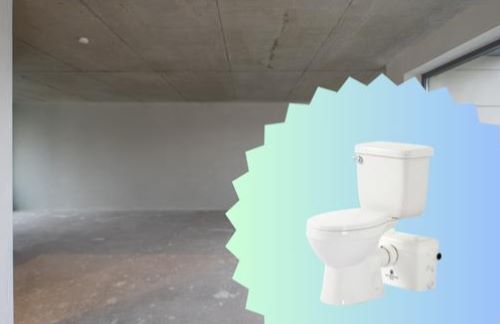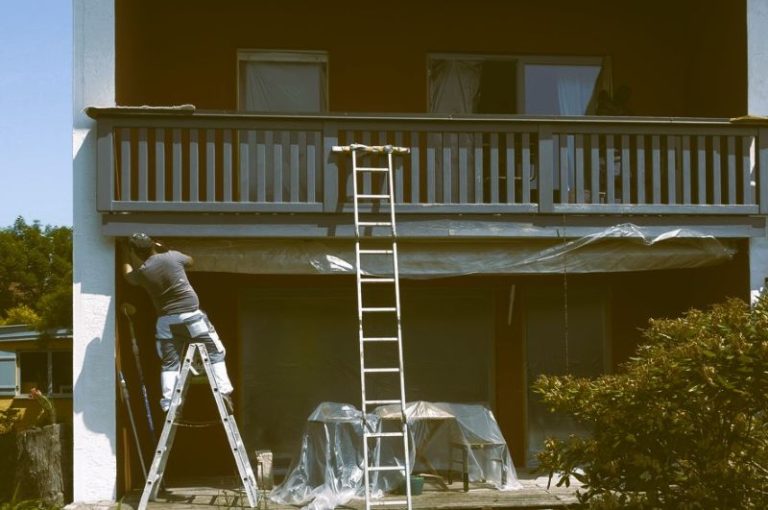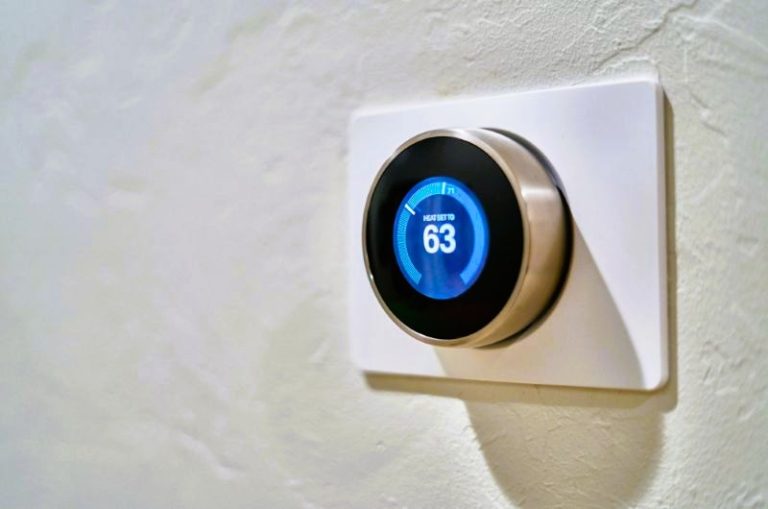

In this article, we will explore a smart solution for basement bathrooms: macerating toilets. These innovative toilets offer a unique way to handle waste where traditional plumbing might be challenging.
We will explore why macerator toilet stands out as ideal choices for basements and how they outshine conventional options. Let us discover how these toilets pave the way for easier installations and efficient waste management in below-ground spaces.
Why Macerating Toilets are the Ideal Solutions For Basement Bathrooms?
Macerating toilets represent a revolutionary approach to basement bathrooms, fundamentally redefining the parameters of plumbing adaptability.
- At the heart of their innovation lies the ingenious integration of a macerator pump, liberating these toilets from the constraints of conventional gravity-fed systems.
This distinctive feature grants an unprecedented level of installation flexibility, allowing them to be placed in basement spaces.
- Another factor distinguishing these toilets is the macerating system’s ability to break down waste into minute particles, enabling smaller pipes for waste disposal.
This innovation not only navigates the complexities of below-ground layouts but also simplifies the redirection of waste to the main sewer line or septic tank.
This efficiency in waste management not only streamlines the installation process but also sidesteps the typical complexities associated with integrating standard plumbing systems in basements.
- An essential advantage worth highlighting is the minimal disruption caused during installation, making macerating toilets an optimal choice for finished basements where preserving the space’s aesthetics and functionality is of utmost importance.
- Macerating toilets not only revolutionizes the logistical challenges of basement plumbing but also addresses a crucial concern often associated with below-ground bathrooms: odor control.
The innovative macerating system plays a pivotal role in curbing unpleasant smells by efficiently breaking down waste into fine particles. This meticulous breakdown process substantially reduces the potential for foul odors to develop within the plumbing system.
As waste is finely ground before disposal, the likelihood of lingering smells commonly found in traditional gravity-fed systems is markedly diminished. This odor-reducing capability aligns seamlessly with basement environments, where adequate ventilation and space limitations can intensify scent issues. By effectively managing odors, macerating toilets offer a more pleasant and hygienic bathroom experience, further solidifying their position as the superior choice for basement installations.
Why Macerating Toilets Are Better Compared to Traditional Alternatives For the Basement?
A comparative analysis between macerating toilets and traditional models in basement settings underscores a considerable divergence in functionality, convenience, and environmental impact.
Traditional toilets heavily rely on gravitational force for waste disposal, which renders them less feasible in below-ground locations due to their reliance on direct connections to the main sewer line.
This limitation contrasts starkly with macerating toilets powered by the macerator pump, offering an innovative solution that transcends these challenges. Of significant note is the installation process: while traditional toilets demand extensive excavation and modifications, macerating toilets necessitate minimal invasive work. This distinction reduces disruption and significantly enhances cost-effectiveness, which is especially advantageous in finished basement environments.
Traditional alternatives, due to their reliance on large pipes and complex installation procedures, often contribute to environmental disturbance during installation. The need for excavation, larger materials, and extensive modifications increases resource consumption and disrupts the surrounding environment to a greater extent than macerating toilets.
Moreover, in ongoing use, traditional toilets tend to consume more water, leading to higher water wastage in basement environments. This contrasts with the more efficient water usage of macerating toilets, which contributes to a more sustainable approach to waste disposal in basement spaces. It becomes more pertinent to talk about this when we realize that toilets have been linked to saving people, communities, and the environment.
Considering these environmental factors, the macerating pump system presents a more eco-conscious option for basement installations. Their reduced installation disruption, minimal resource consumption, and efficient water usage not only offer practical advantages but also align with sustainability goals, making them a compelling choice for environmentally conscious homeowners seeking basement bathroom solutions.
Conclusion
In conclusion, macerating toilets emerge as the efficient and versatile choice for basement bathrooms, offering easy installation, flexible waste management, and simplified maintenance compared to traditional alternatives.


